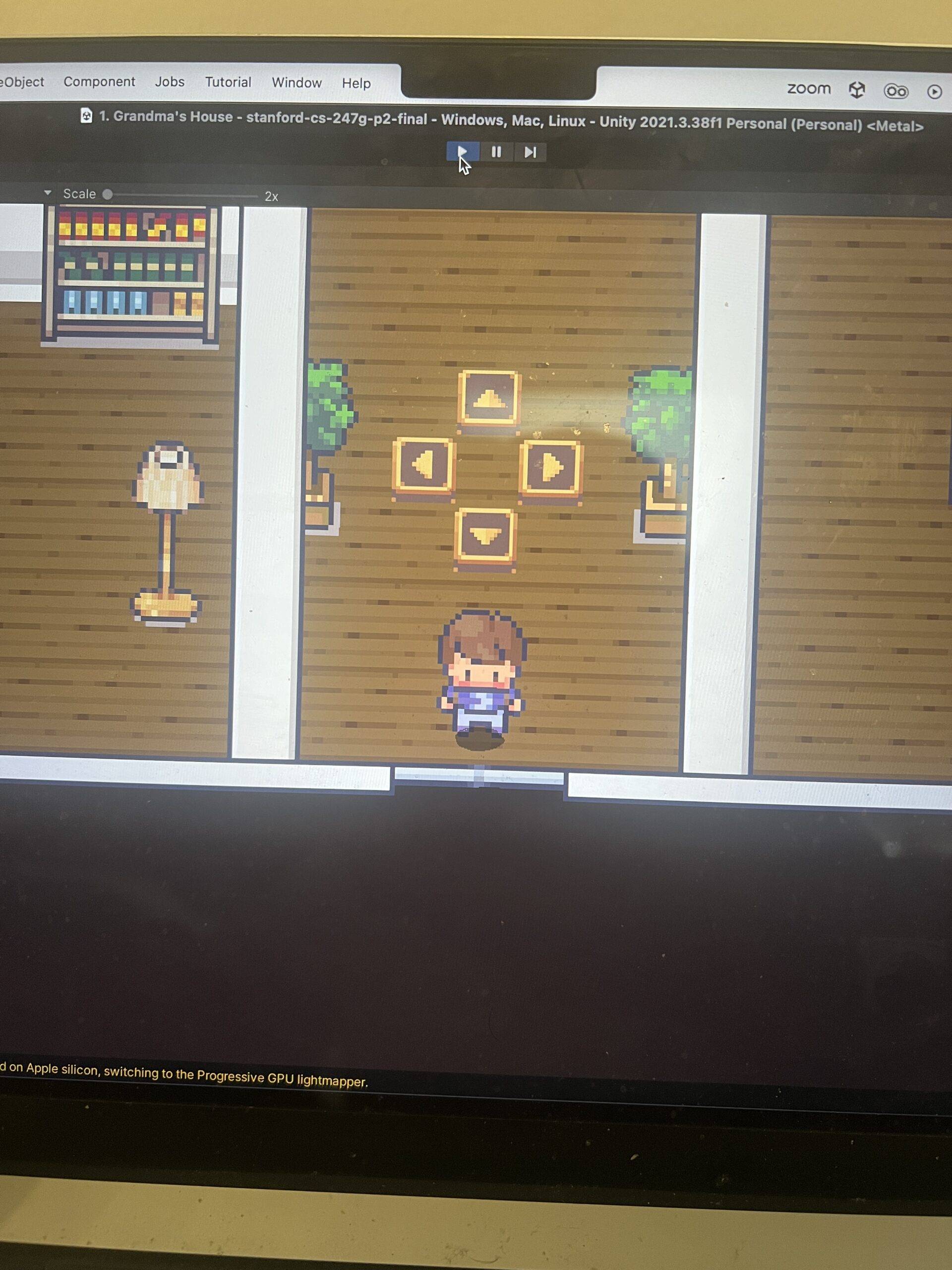Since elementary school, I’ve probably racked up tens of thousands of hours of video games. It has been and still is my number one passion. Whether it was creating levels on Roblox, building little redstone mini-games in Minecraft, or designing entire worlds in Sims, I’ve also always had some fascination with designing games. When I saw this class being offered at Stanford, it was an obvious choice to enroll.
Before the start of the quarter, I thought this class would be more about the technical skillsets required to build games. I wasn’t expecting the content to go deep into understanding and creating the mechanics, systems, and rules of a game. I viewed “play” primarily as a form of entertainment and relaxation: it was simply my a way to escape, pass time, and enjoy moments of leisure. As such, my concept of game design was limited to the aesthetics and basic mechanics. I did not fully appreciate the intricate balance between storytelling, user engagement, and the psychological aspects that make a game truly captivating.
In particular, the MDA approach, onboarding, and narrative loops concept stuck with me. This helped me see games as this massive coordination of hundreds of different design choices. It also made playing games more fun (i.e. recognizing when a game was trying to teach me something).
I faced many challenges in this class, particularly during P2 with building in Unity 2D. There were so many parts of video games that I had taken for granted as a player, but actually required deep thought. For example, collisions and camera manipulation seemed natural parts of games I had played, but when I tried to implement these mechanics as a designer, it was extremely difficult to get them to work correctly. I realized that game design was so much more complex than I originally imagined. I also learned to appreciate just how interwoven all the different aspects of a game were. For example, each mechanic and design choice affected the narrative and vice versa.
Through these experiences, I developed a new mindset that I apply when playing games. Now, instead of playing purely for leisure, I notice myself admiring the little details that make the game functional and being critical of systems that could use improvement. Overall, I also gained better project management skills, learning to prioritize tasks and manage my time effectively. I underestimated how intricate it was to build a game, and I embraced feedback and used it constructively to enhance my work. The game design process requires skills from a variety of different people, and I found the teamwork of working with coders, visual artists, etc. to be a daunting task.
As I continue building games in the future, I want to focus on taking a step back and looking at the bigger picture. I’ll strive to understand how every piece of a game I create fits into the bigger narrative arc and user experience.




